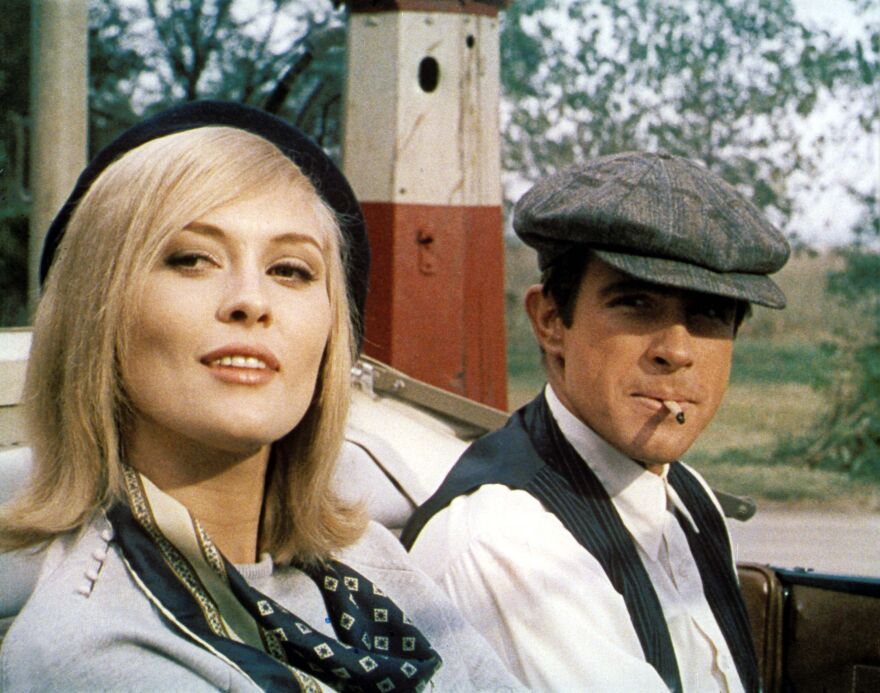It has been 50 years since Bonnie and Clyde arrived like a shot in movie theaters. If the last time you thought about Berkshires resident Arthur Penn’s 1967 classic was when Faye Dunaway and Warren Beatty fumbled the Moonlight Best Picture Oscar announcement, it’s time to give it another look.
It was back in theaters over the weekend as part of TCM’s Big Screen Classics Series. Presented in its original aspect ratio, the groundbreaking crime drama— shot a half-century ago and taking place even earlier, during the depths of the Depression — feels current and vital.
Setting aside the vivid period costumes, classic cars and the Flatt and Scruggs soundtrack, the movie’s themes have much to say about the U.S. in 2017.
Watch Beatty’s Clyde Barrow court media attention in one breath and decry false reports — fake news? — in the next. Hear the hungry child who, gathering around the wounded Bonnie and Clyde, asks first “if they’re famous” before wondering about their health. Notice how the camera loves bullets piercing the windows of American institutions gone array — the mendacious banks muscling the little guy, the resulting abandoned homesteads and the identity loss for the displaced residents.
It’s in this nexus of celebrity, violence and sex where Bonnie and Clyde gets at something deep in the country’s psyche. Bonnie Parker shows magnetic attraction to Clyde’s pistol, a tried-and-true phallic stand-in that gains another level of meaning when we learn later about Clyde’s impotence.
And questions over a woman’s place, especially among a band of thieves and murderers, is the tension at the heart of Estelle Parsons’ Oscar-winning performance as Clyde’s conflicted sister-in-law Blanche. Also delivering standout performances are Gene Hackman as Buck Barrow and Gene Wilder, as a hapless undertaker, in his first film role.
Penn also deftly implicates the audience when he shows the gang taking in the memorable “We’re In the Money” scene in Gold Diggers of 1933. He seems to be asking, what is the price we pay for all this entertaining bloodshed?
To be sure, cops and robbers wasn’t exactly new ground even 50 years ago. TCM’s pre-movie introduction noted that Jack Warner himself thought the genre ended with Cagney. But you can see Bonnie and Clyde’s legacy continuing in recent movies like the pitch-perfect Hell or High Water, a Best Picture nominee last year. Like its filmic forebear, that movie continued exploring the grey area that binds thieves on both sides of Texas bank windows.
In two scenes in Bonnie and Clyde, an FDR handbill looms in the background as the protagonists ride their roiling populist fame through the countryside. But dogging them is a rogue Texas Ranger they’ve previously humiliated with a Kodak photo that, naturally, made its way to the papers. The Ranger wants his revenge — and crucially, he wants what we would now call a selfie with the bodies.
In that iconic final scene — Beatty and Dunaway stealing a final close-cut glance before their bodies are riddled with lead — Bonnie and Clyde have been undone by the very violence they propagated. But their fame is already assured. What could be more American than that?





